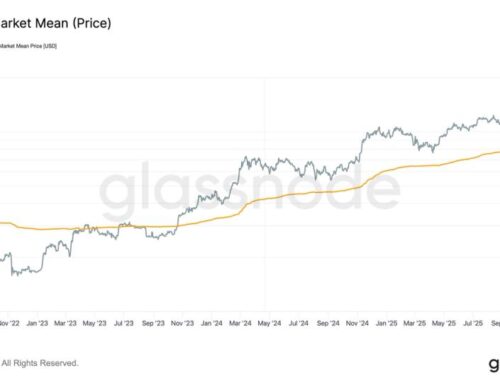VanEck proposes Bitcoin-linked Treasury bonds to offset $14 trillion in US debt
April 15, 2025
VanEck’s head of digital assets research, Matthew Sigel, has proposed the introduction of “BitBonds,” a hybrid debt instrument combining US Treasuries with Bitcoin (BTC) exposure, as a novel strategy for managing the government’s looming $14 trillion refinancing requirement.
The concept was presented at the Strategic Bitcoin Reserve Summit and aims to address sovereign funding needs and investor demand for inflation protection.
BitBonds would be structured as 10-year securities consisting of 90% traditional US Treasury exposure and 10% Bitcoin, with the BTC component funded by bond sale proceeds.
At maturity, investors would receive the full value of the US Treasury portion, which would be $90 on a $100 bond, plus the value of the Bitcoin allocation.
Additionally, investors would capture 100% of Bitcoin’s upside until their yield-to-maturity reaches 4.5%. Government and bondholders would split any gains beyond that threshold.
This structure intends to align the interests of bond investors, who increasingly seek protection from dollar debasement and asset inflation, with the Treasury’s need to refinance at competitive rates.
Sigel said the proposal was “an aligned solution for mismatched incentives.”
Investor breakeven
According to Sigel’s projections, the investor breakeven for BitBonds depends on the bond’s fixed coupon and Bitcoin’s compound annual growth rate (CAGR).
For bonds with a 4% coupon, the breakeven BTC CAGR is 0%. However, for lower-yielding versions, breakeven thresholds are higher: 13.1% CAGR for 2% coupon bonds and 16.6% for 1% coupon bonds.
If Bitcoin CAGR remains between 30% to 50%, modeled returns rise sharply across all coupon tiers, with investor gains reaching up to 282%.
Sigel said BitBonds would be a “convex bet” for investors who believe in Bitcoin as the instrument would offer asymmetric upside while retaining a base layer of risk-free return. However, their structure means investors bear the full downside of Bitcoin exposure.
Lower coupon bonds could produce steep negative returns in scenarios where BTC loses value. For example, a 1% coupon BitBond would lose 20% to 46%, depending on Bitcoin’s underperformance.
Treasury benefits
From the US government’s perspective, the core benefit of BitBonds would be lower borrowing costs. Even if Bitcoin appreciates modestly or not at all, the Treasury will save on interest payments compared to traditional 4% fixed-rate bonds.
According to Sigel’s analysis, the government’s breakeven interest rate is approximately 2.6%. Issuing bonds with coupons below that level would reduce annual debt service, generating savings even in flat or declining Bitcoin scenarios.
Sigel projected that issuing $100 billion in BitBonds with a 1% coupon and no BTC upside would save the government $13 billion over the bond’s life. If Bitcoin reaches a 30% CAGR, the same issuance could yield over $40 billion in additional value, primarily from shared Bitcoin gains.
Sigel also pointed out that this approach would create a differentiated sovereign bond class, offering the US asymmetric upside exposure to Bitcoin while reducing dollar-denominated obligations.
He added:
“BTC upside just sweetens the deal. Worst case: cheap funding. Best case: long-vol exposure to the hardest asset on Earth.”
The breakeven BTC CAGR for the government rises with higher bond coupons, reaching 14.3% for 3% coupon BitBonds and 16.3% for 4% coupon versions. In adverse BTC scenarios, the Treasury would lose value only if it issued higher-coupon bonds while BTC underperformed.
Trade-offs on issuance complexity and risk allocation
Despite the potential benefits, VanEck’s presentation acknowledges the structure’s shortcomings. Investors take on Bitcoin’s downside without full upside participation, and lower-coupon bonds become unattractive unless Bitcoin performs exceptionally well.
Structurally, the Treasury would also need to issue more debt to compensate for the 10% of proceeds used to purchase Bitcoin. Every $100 billion in funding would require an additional 11.1% to offset the BTC allocation.
The proposal suggests possible design improvements, including downside protection to shield investors from sharp BTC declines partially.
Mentioned in this article
Posted In: Bitcoin, US, Adoption, Crypto, Debt, Featured
Search
RECENT PRESS RELEASES
Related Post




